Less work, more focus, and better quality.
When I first started to use a digital camera, people gave me bags of advice. Everything, from shoot lots, buy tons of equipment, “You need at least five lenses, three cameras, don’t buy a crop sensor, you may as well buy a calibrator for your computer, a bigger screen, you need a studio…”
All of this advice is utter bollocks, and totally confusing.
You need a camera, a lens, and a keen edge to build intention.
Build on the above idea. Let time and experience show you the route you are personally taking in your adventures into photography.
Build on the above idea, and you’ll naturally discover your photographic intention. It goes a little deeper, too.
What is ‘intention’ in photography?
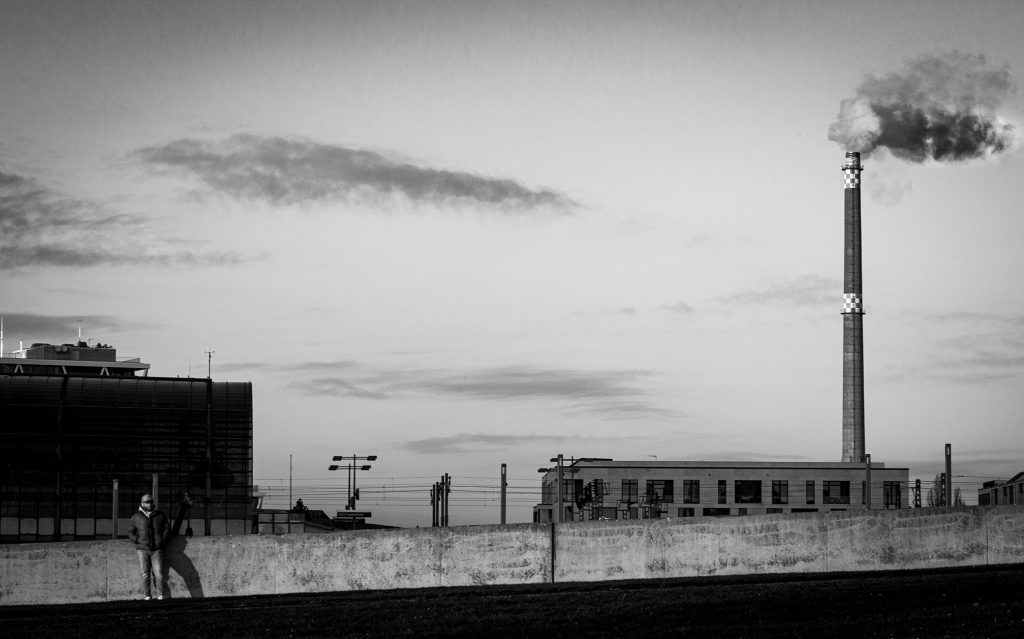
If you read and listen to a lot of good photographers, you’ll hear the word intention used often — more than they talk about gear.
It simply means that you know what you want.
If you love to look at images, paintings, photos, and art in general, you might already have a solid idea of how you feel about your own photographs.
To know what you like, helps you define your reasoning behind why you find subjects, and colours, light and shadow, and certain styles interesting.
When you know what you want to photograph, and how you want to photograph it, you’ll find yourself already on the pathway of discovering how to express your true intentions — you’ll also stop listening to the people who try to convince others that there is only one way to take a good photo.
Those are the YouTube gurus who talk about camera settings as if there are certain ways to set your camera for a Monday shoot, and different ones for Friday’s shoot. The camera and lens brands are sold like a prescription for greatness in every photographers endeavour.
A camera, crop or full frame, a normal lens that works. Experiment with new equipment later, when you are sure of your photographic intentions.
I love painting. I learn from looking closely at the works of every good artist I come across — I always go back to the masters of the previous centuries for help in photography. I also look and compare the work of well-known photographers with painters.
In the past, painters were worried that photographers of the early 20th century would supplant them and take the place of the painters in the art world. This didn’t happen, and both worked happily side by side, producing images of the same motifs, but with a different aspect to how the materials of photography, and oil paint, turn out a variety of expression that are all interesting.
They had different intentions about the same objects.
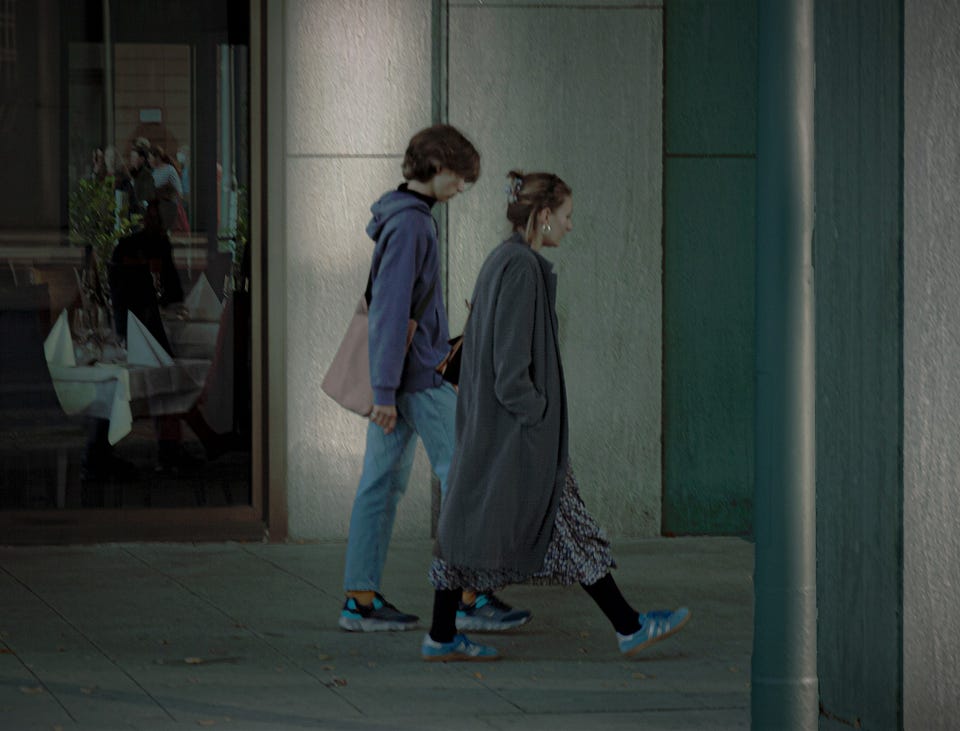
In painting if you try and paint everything tack-sharp, you’ll end up with a weird looking painting. The first thing you’ll want to do is ask an experienced painter what the hell went wrong.
They’ll tell you that your painting looks weird because you painted everything as if you can physically see everything, in the line of perspective, in tack sharp focus — like a camera lens.
We don’t see the world in this way, and the older we get, the less we see the world this way.
There is always a point that we are looking at with our eyes, and right there, with good eyes, we see everything in focus. From that point out, the composition of objects lose their sharpness.
On the street when you take a photo you are trying to nail the main point in the photo, using focus to keep it well defined, and you use your brain to ensure that it stays in the framed point to create a great composition with a focal point within it.
This is all about mastering a technique. The more you practice, the better you get — even with what you might consider a crappy camera and a basic lens, you can make enormous leaps and bounds forwards with your abilities to control the camera, the composition, and your intention.
As you improve, your crappy camera soon becomes your baby. You’ll love it, and thank yourself that you stayed sensible and didn’t spend ten-grand on new equipment in the first month.
The focus in a photo is just one aspect among many ideas to think about when you take a photo. The rest of the composition need to be handled sensitively, and with artistic thinking.
As time passes you’ll know that you have outgrown your first camera, and you will feel confident about spending hard earned cash on new equipment that does a better job.
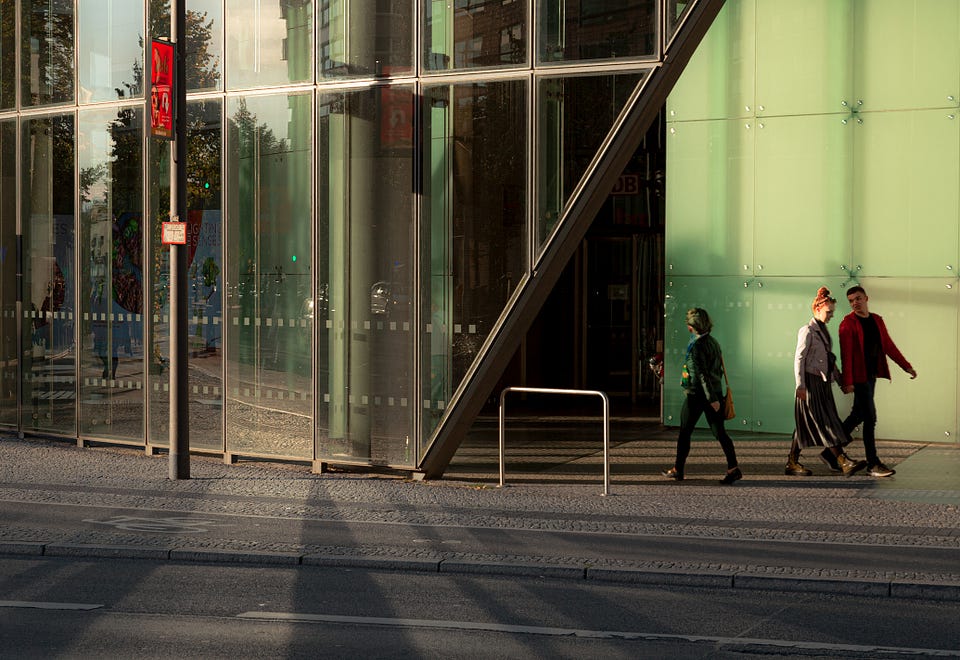
Intention in photography is the same as intention in life. You know what you want, or you don’t. It’s in the nature of our minds that we feel better about life, and produce better results, when we work with determined intent.
The decisive moment in photography spoken about by Henri Cartier-Bresson, was always discussed by other photographers as if it were a mysterious thing that he had discovered. When pushed for an explanation, he would shrug his shoulders and say something like, “It’s that moment when you recognise through the lens, the thing that you wanted to photograph”, he meant that you see something that ‘moves you inside’, then you raise the camera, focus, adjust the frame, compose, and only push the button when you see again the thing that ‘moved you inside’.
It’s like making a connection with the object that you are looking at, a Zen moment of full awareness.
You will know it when you encounter it. The moment of intention.
You can go out a take photos with a strong intention, but you can’t go looking for your intention, as if it were a thing to find somewhere along the streets.
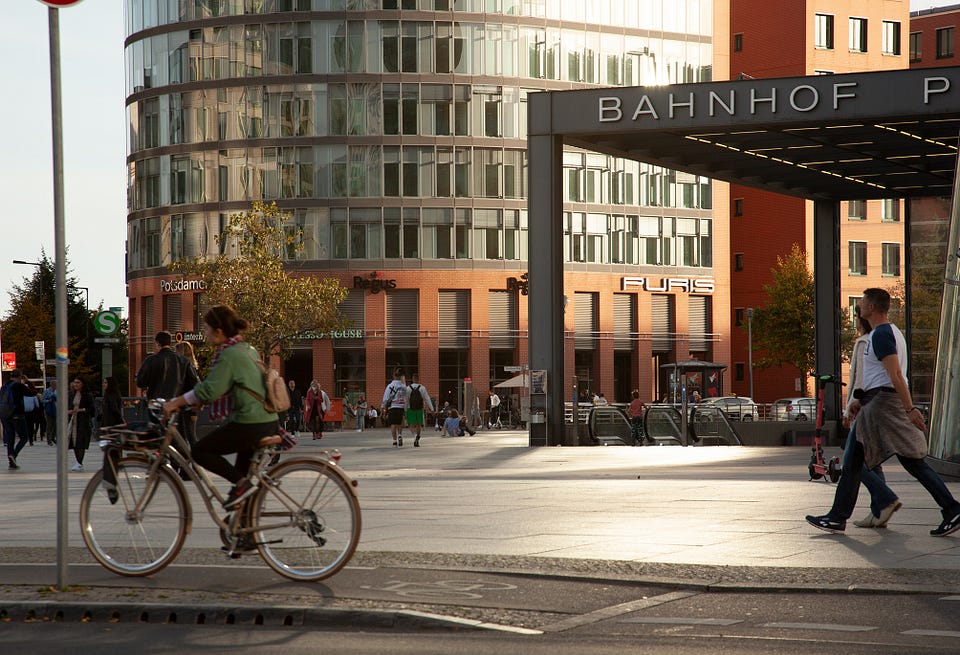
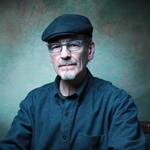
Leave a Reply
You must be logged in to post a comment.